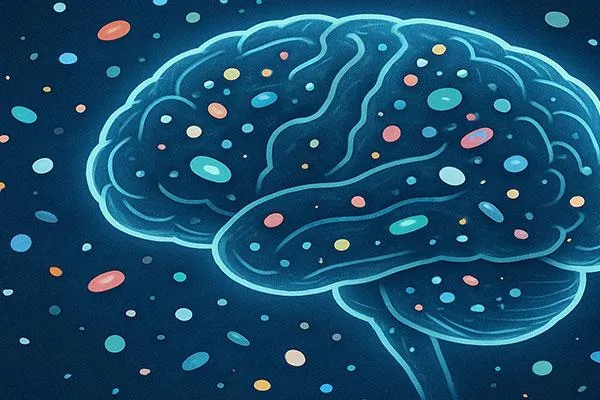
PWN Wellness Trends Sept 3 2025
Microplastics & Alzheimer’s-Like Effects in Mice: What It Could Mean for Human Brain Health
Introduction
Microplastics—tiny plastic fragments less than 5mm in size—are increasingly being found in our food, water, and even the air we breathe. While their impact on human health is still being studied, recent scientific research has uncovered troubling links between microplastic exposure and Alzheimer’s-like effects in mice. These findings raise urgent questions about how pervasive environmental toxins may influence long-term brain health in humans.
The Science: Microplastics and Cognitive Decline
A 2023 study published in PNAS demonstrated that mice exposed to polystyrene microplastics showed accumulation of plastic particles in brain tissue within hours of ingestion. More concerningly, the exposure triggered:
Neuroinflammation: activation of immune responses in the brain.
Protein Misfolding: abnormal buildup of proteins similar to amyloid-beta, a hallmark of Alzheimer’s disease.
Cognitive Impairment: mice performed poorly in maze tests, suggesting compromised memory and learning.
Other research in Environmental Health Perspectives (2024) reported that microplastics can cross the blood-brain barrier, a critical protective system, raising concerns about direct neurological impacts.
Expert Perspectives
Dr. Evangelos Danopoulos, Microplastic Researcher (Hull York Medical School):
“Microplastics don’t just stay in the gut—they migrate throughout the body, and the brain appears particularly vulnerable.”Dr. Francesca Crea, Alzheimer’s Research UK:
“We can’t say microplastics directly cause Alzheimer’s yet, but these findings underscore how environmental exposures might accelerate neurodegenerative processes.”
Patient & Consumer Concerns
While no human studies have conclusively shown that microplastics cause dementia, consumer awareness is growing. Many individuals—especially families with histories of Alzheimer’s—are increasingly choosing glass, stainless steel, and filtered water to reduce daily exposure. Online forums show consumers linking their brain fog, fatigue, and memory issues with environmental toxins, though causation is not yet proven.
U.S. Market & Policy Implications
Regulation Gap: The U.S. currently lacks comprehensive regulation on microplastic contamination in food and beverages, unlike the EU, which has stricter packaging laws.
Consumer Behavior: Searches for “plastic-free kitchen” and “microplastic water filter” are rising on Google and Amazon.
Healthcare Burden: With Alzheimer’s affecting 6.9 million Americans (Alzheimer’s Association, 2024), even small environmental risk factors could significantly impact public health costs.
Practical Steps for Consumers
While more research is needed, experts recommend:
Switching to glass or stainless steel containers for food and drinks.
Using certified microplastic-filtering water systems at home.
Avoiding microwaving food in plastic containers, which increases plastic particle release.
Supporting policy change for reduced single-use plastic production.
Conclusion
The link between microplastics and Alzheimer’s-like changes in mice highlights the urgent need for more human studies. While direct causation in people remains unproven, the evidence is strong enough to warrant concern. For consumers, small shifts in lifestyle can help reduce exposure, while policymakers face increasing pressure to regulate microplastic pollution.
As research unfolds, this could become one of the most significant environmental health and neurology intersections of our time.









